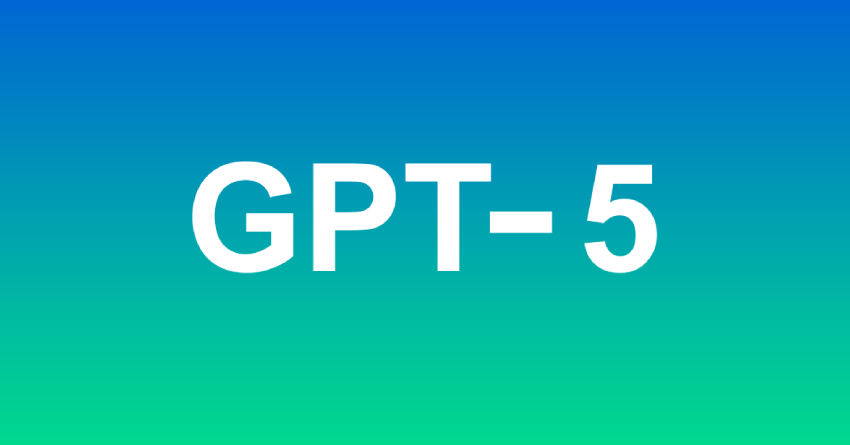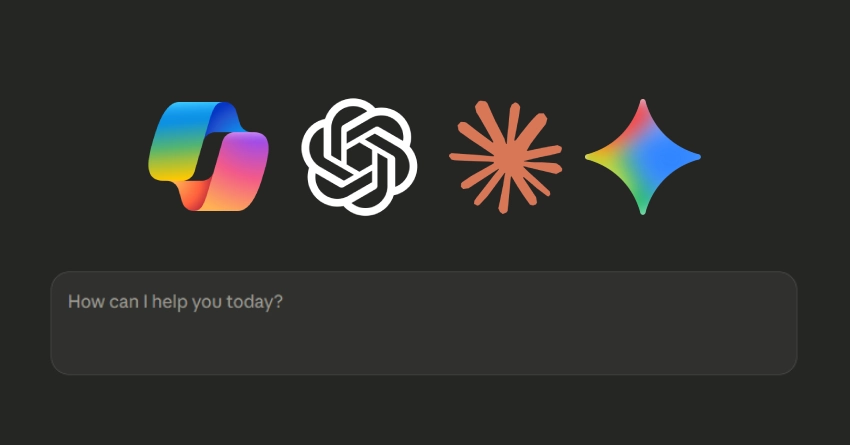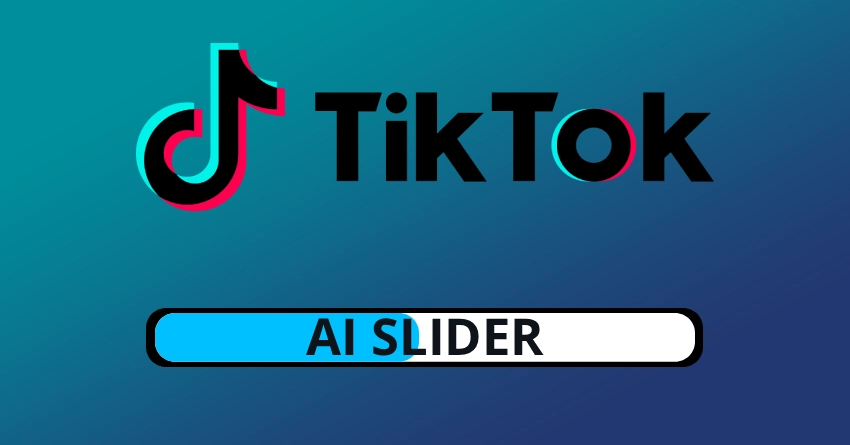Is GPT 5 the breakthrough many hoped for, or just a careful polish of what came before? The reality sits somewhere in the middle. It's faster, more disciplined, and better at sustained, structured work. It also introduces friction for some long‑time users who miss the looser, showier personality of earlier models. Suppose your goal is to get more done with fewer detours. In that case, GPT‑5 is easy to recommend if you're chasing a dramatic leap toward human‑level reasoning or unfettered creativity, temper expectations.
What changed in a meaningful way
- Speed and steadiness: Responses arrive quicker and feel less erratic. The model is more likely to stick to your instructions, refuse shaky guesses, and surface "safer" answers when it lacks confidence. This reliability boost is a practical win for research, drafting, and everyday problem‑solving.
- Long‑context work: A vastly expanded context window (commonly cited at 256k tokens) lets you keep entire briefs, datasets, and code modules in view. The payoff is fewer "memory resets," less prompt gymnastics, and a smoother arc across long sessions—think book chapters, multi‑doc reviews, or sizable refactors.
- Developer ergonomics: GPT‑5 is tuned for production work. It turns specs into functioning code more consistently, carries architectural constraints through multiple edits, and does cleaner incremental refactors. Function‑calling and verbosity control feel more predictable, which makes tool‑assisted workflows easier to automate.
- Personalization and voice: You can dial tone and choose preset styles to make the assistant feel more like a teammate than a demo. For teams producing content at scale, this helps maintain brand consistency without micromanaging every sentence.
- Quiet "agentic" gains: The model plans multi‑step tasks more reliably and needs fewer nudges to move from idea to execution. It's not a fully autonomous agent, but it's better at staying organized and finishing what it starts.
Where users have pushed back
- A "straighter" personality: Some people read GPT‑5 as more corporate and less playful. Answers can be shorter or more guarded unless you explicitly ask for depth and voice. If you loved GPT‑4o's looseness out of the box, you may need to prompt GPT‑5 harder for the same vibe.
- Policy friction: Message caps, changes to model availability, and defaults that prioritize safety over flourish have frustrated power users. Even when the underlying model is better, those product decisions can make it feel worse.
- It's evolutionary, not revolutionary: Analysts and early reviewers broadly view GPT‑5 as a significant refinement rather than a leap toward AGI. On specific benchmarks and reasoning tasks, competitors sometimes edge it out. That doesn't negate its utility—but it blunts the hype.
How it compares in practice
The right model is increasingly task‑specific. For long‑form drafting, structured coding, and "keep me inside the rails" productivity, GPT‑5 is outstanding. If you're chasing maximum creative surprise or specialized reasoning on a narrow test, another model might occasionally beat it. The smart move is to trial top options against your real workload and keep the one that cuts the most rework.
Who should upgrade (and why)
- Developers, data scientists, analysts: Strong yes. The combination of long context, steadier tool use, and more disciplined refactoring saves hours on non‑glamorous but essential tasks. It's the best version so far for treating the AI as a dependable junior engineer.
- Knowledge workers and content teams: Likely yes. GPT‑5 is faster at first drafts, better at staying on brief, and more consistent with tone. If you miss a more expressive style, set a custom system instruction that locks in voice, audience, and depth.
- Students and general users: It depends. If you want clear, accurate help and summaries, GPT‑5 feels polished. If you come to ChatGPT for creative riffing, you'll want to nudge it toward playfulness and ask for longer, more exploratory answers.
- Regulated domains (law, medicine, finance): Use with standard caution. GPT‑5 is better at restraint and transparency about limits, which is good. But critical decisions still demand expert review and cited sources.
Getting the most out of GPT‑5
- Front‑load context: Paste the full brief, style guide, acceptance criteria, and any non‑negotiables. With a large context window, the model can keep all of it in mind and stop re‑asking for details you've already provided.
- Be explicit about depth and tone: If you want detail, ask for it. If you want a distinctive voice, define it. "Write with a confident, editorial tone, use concrete examples, and avoid euphemisms" goes a long way.
- Ask for structured outputs: For repeatable tasks, specify headings, bullet counts, schema fields, or code interfaces. GPT‑5 is at its best when you give it a shape to fill.
- Use critique loops: Have it propose, critique, and revise in one go. For example: "Draft the plan, then list five risks and rewrite with mitigations applied." This compound's quality without extra prompting.
- Keep a stable system prompt: For teams, a shared "house style" instruction—voice, audience, forbidden phrases, formatting rules—makes output consistent across people and projects.
What this means for day‑to‑day work
The defining trait of GPT‑5 isn't showmanship; it's composure. It remembers more, panics less, and finishes what it starts. That's precisely what many professionals wanted: an assistant that behaves like a careful, fast colleague. Over a week of real tasks, that steadiness translates into fewer rewrites, fewer dead ends, and fewer "let me try that again" moments.
It also means the wow factor is subtler. You won't always notice the upgrade in a single flashy response. You will see it in the way a long session doesn't unravel, a code migration doesn't lose constraints, or a report stays on brief without constant course corrections. Those are the improvements that compound over time.
The bottom line
ChatGPT 5 is, in practical terms, perfect. It's the strongest version yet for getting real work done—especially when the work spans many pages, files, or steps. It is not a dramatic leap in raw "intelligence," and parts of the product experience (caps, defaults, availability) will irk some power users. But if you measure success by how much rework you avoid and how reliably the model follows your lead, GPT‑5 delivers.



